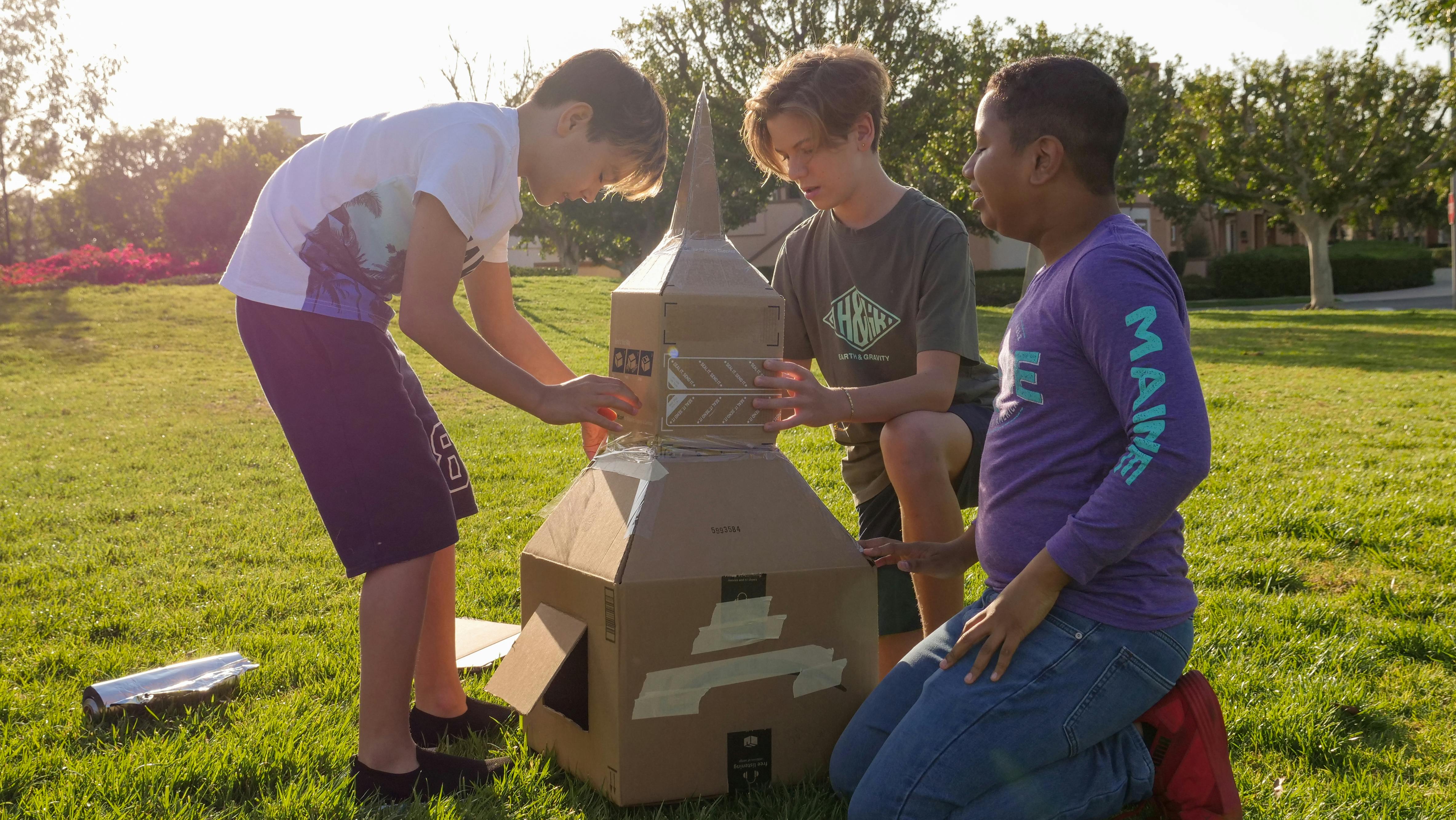
The beauty that is Prague
PRAGUE, CZECH REPUBLIC
The city of Prague is like a blooming rose. Its beautiful, brittle petals full of life gently unfurl from the tightly coiled bud that held them tight for so long. They are now reaching out into the sunlight of each new day. The time has come to visit this city.
HISTORY
After World War I, what was known as the Austro-Hungarian Empire became Czechoslovakia, with Prague as its capital. In 1939, Czechoslovakia was occupied by Nazi Germany and much of the Jewish population fled or was killed. The city contains an important museum and several structures from this era. This was a terrible time in history for the citizens of this land, as well as many others.
Under communist control, all buildings were painted grey. This was seen as an attempt to dampen the mood of the citizens and bring them into submission. In 1989, with the fall of the Berlin Wall and the country’s Velvet Revolution, Czechoslovakia began to free itself from the communist regime and began significant changes that led to its current transformation. In 1993, the country was divided into two governing bodies: the Czech Republic, of which Prague is the capital, and Slovakia, of which Bratislava is the capital.
BOHEMIA AND MORAVIA
There are two historical regions of the Czech Republic: Bohemia and Moravia. For centuries, the entire country was known as Bohemia in the English language. It represents approximately two-thirds of the land in the Czech Republic. Moravia got its name from the Morava River in the northwestern section of the region. Moravia represents about a third of the eastern land of the Czech Republic.
AFTER THE COMMUNIST REGIME
Naturally, the Czech people began to express their feelings more freely. One of the first changes the people of Prague made after the fall of communist control was to change the drab paint scheme that was forced upon them. The buildings were repainted in bright colors of pink, green, blue and yellow, anything but the depressing gray they had known for decades.
CITY HIGHLIGHTS
Highlights for visitors to Prague today include Prague Castle, the Vltava River, Old Town Square, the Old Town Hall Tower and Astronomical Clock, Charles Bridge, the Jewish Quarter and the pendulum. This pendulum replaced a statue of Stalin from the communist era.
Prague Castle: This castle is the largest complex of its kind in Europe for medieval castles. The castle can be seen from virtually any high point in Prague and is one of the city’s best-known tourist attractions. The center includes St. Vitus Cathedral, St. George’s Basilica, Lobkowicz Palace, and numerous observation towers, art galleries, and museums.
The Vltava River: The river runs for 430 km and finally joins the Elbe. There are several river cruises available to navigate the Vltava River, and any one of them is a pleasure. Float along the river and enjoy the beautiful scenery that is Prague from either side of the boat.
The Old Town Square: Known as the central market throughout Prague’s history, this square, which dates back to the 12th century, has a historic atmosphere that you can almost breathe in as you stand, looking at all the magnificent structures that surround it. If you stand there with your eyes closed, you can almost feel the story flowing through you. Open your eyes and you will see all the treasures in the way of shops and restaurants that are available today.
The Old Town Hall Tower and the Astronomical Clock: This unique clock dates back to the 15th century. Every hour on the hour, this wonder offers a visual wonder as the Twelve Apostles rotate through the two small windows at the top of the sculpture. Christ marches in front of the disciples and a skeleton representing death rings the bell in the direction of a statue of an insolent Turk.
The Charles Bridge: This pedestrian bridge links the two sides of Prague across the Vltava River. The musicians play; cartoonists; and artisans sell their handicrafts on the bridge to the throngs of passers-by who cross the bridge each day. It was commissioned in 1357 by King Charles IV. The statues number 75 along the Charles Bridge, but most of them are copies as floods and other disasters have destroyed the originals over time.
The Jewish Quarter: This section and its buildings serve as a symbol and reminder of the turbulent times faced by the Jewish people living in Prague throughout the centuries. Six synagogues remain there today. An admission ticket to the Jewish Museum will give you access to most places, except for the Old-New Synagogue, for which a separate ticket will need to be purchased.
The pendulum: This huge pendulum towers over the city and replaced a statue of Stalin that was destroyed when communism stopped ruling the country. The idea behind the pendulum was to remember the moment when Prague suffered under communist control, but not to celebrate it.
Wenceslas Square: One of the two main squares in the city, this area is the newest. The distance between the Old Town Square and this one is approximately five minutes on foot. International shops, restaurants and nightlife surround this square. A figure of the good King Wenceslas on his horse, Czech national hero, is one of the central points.
There are plenty of bars and cafes, as well as a multitude of shops to experience in the cobblestone streets of and around the old part of town, as well as in the newer sections. The city is easily walkable as long as you wear comfortable shoes. Many of the main historical attractions are within walking distance of any of the squares. Take advantage of the opportunities now available to enjoy this magnificent city.
